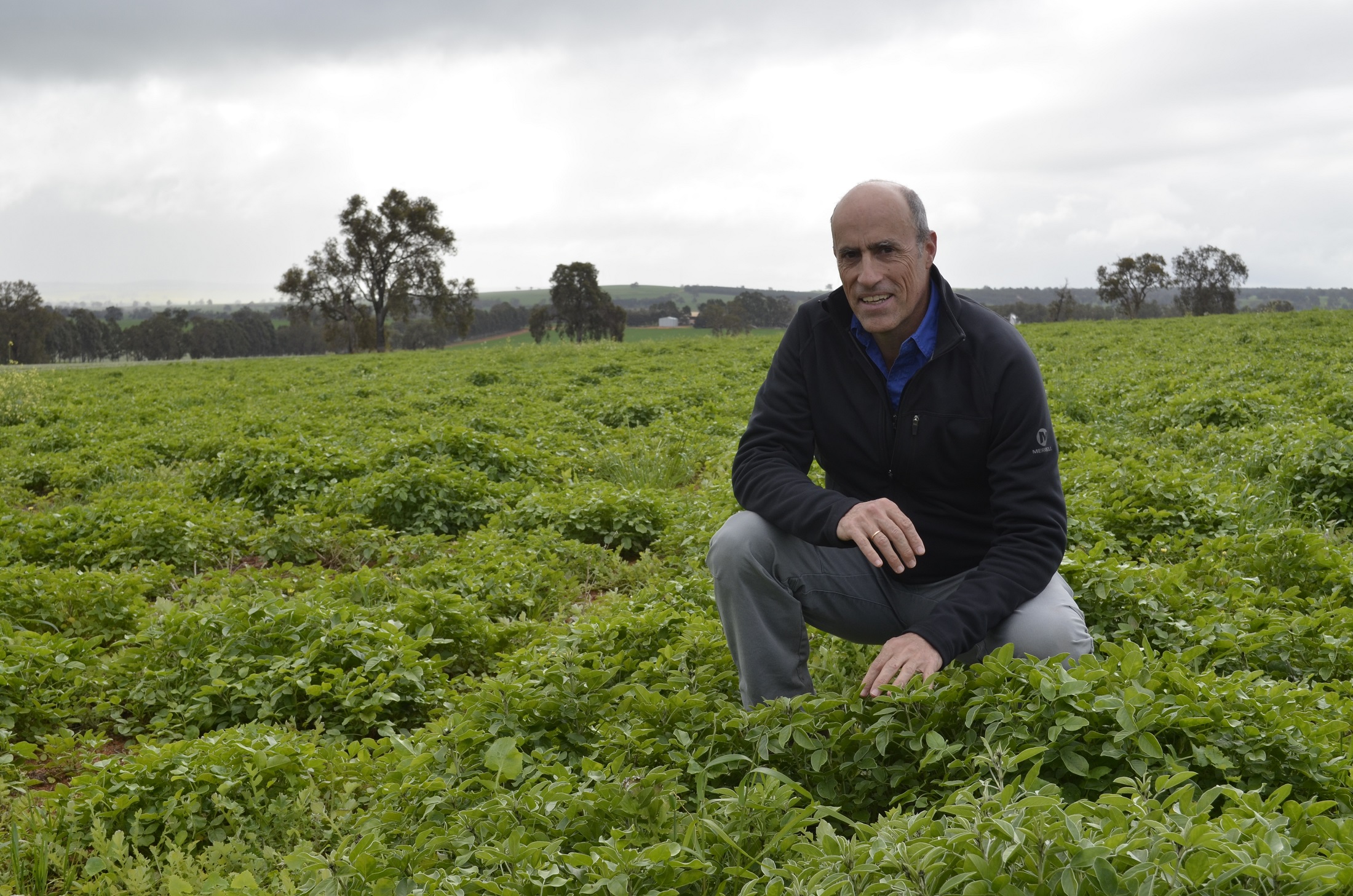
Tedera is an herbaceous perennial pasture legume suited to Mediterranean climates and valued for its drought tolerance, nutritional qualities and nitrogen fixing.
The joint publication, by the WA Department of Primary Industries and Regional Development (DPIRD) and Meat and Livestock Australia (MLA), focuses on Lanza® tedera, which was made commercially available to Australian producers in 2019.
DPIRD senior research scientist and report author Daniel Real said the manual set out to provide a summary of the features, benefits and agronomy of tedera.
“More than 15 years of research has been invested in the development of a robust agronomy package for the first cultivar of tedera to assist farmers to sow in the right soil, at the right time and maximise production,” Dr Real said.
“This manual will allow interested growers to determine if investing in tedera is a practical option for their farming system, and if so, where, when and how to successfully integrate tedera in their program to complement other feedbase options.
“It also provides guidelines to maximise establishment success and production of the best quality biomass to fill two critical feed gaps during late spring to summer and during autumn to early winter in Mediterranean-like climatic zones in southern Australia.”
Previous research has shown that sheep on tedera continue to gain weight during summer and autumn, under either continuous or rotational grazing scenarios, improving flock productivity and profitability.
Dr Real said the package was just the start of what he hoped was a long and valuable future for tedera in Australian farming systems.
“Fifteen years of research may initially seem a long time, but not in perspective,” he said.
“The agronomy packages for all major crops such as wheat, rice and corn continue to be fine-tuned by a world-wide task force of researchers as new varieties are released, new constraints arise, crops are pushed into new agricultural areas and changes to climate challenge productivity.
“This tedera manual may be considered a first milestone on the long research journey to discover all the agronomic techniques to exploit tedera to its full potential.”
The publication ‘Tedera: Perennial Forage Legume for Mediterranean Climates’ is available online, while hard copies are also available.
Picture caption: DPIRD senior research scientist and report author Daniel Real says the tedera manual sets out to provide a summary of the features, benefits and agronomy of tedera.


